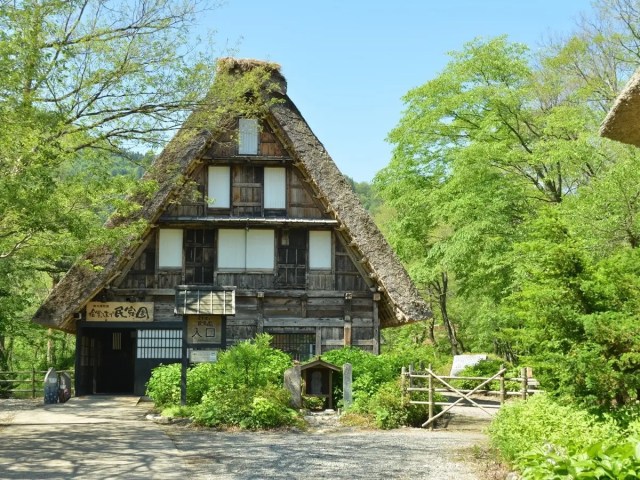
A day at the museum doesn’t have to mean a day inside.
When you hear the word “museum,” your mind might conjure up images of a quiet, stuffy hall filled with people talking in muffled voices. Japan, though, boasts a large number of beautiful, airy open-air museums, and Japanese Internet portal Seikatsu Guide recently asked its users to vote for the best in the country.
A total of 201 responses were collected from participants between the ages of 10 and 89. Ordinarily, we’d be looking at the top three, but since there’s a tie at third place, we present this four-entry top-three ranking.
3 (tie). Edo Tokyo Open-Air Architectural Museum (Koganei City, Tokyo)
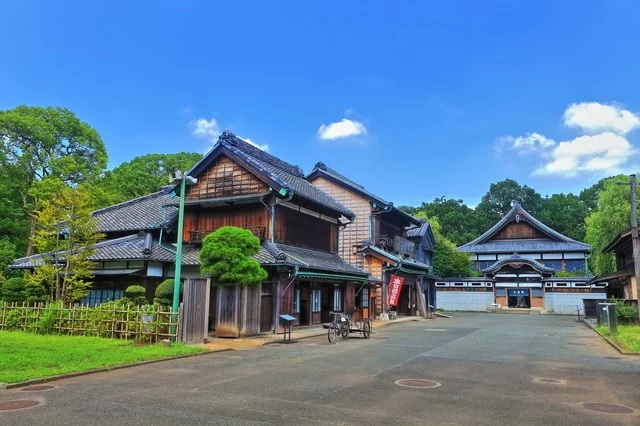
Established in 1993 as an “annex” of downtown Tokyo’s Edo-Tokyo Museum, the Edo Tokyo Open Air Architectural Museum has over 20 preserved homes and shops, ranging from the Edo period of the 17th century up to the mid-Showa era of the 1960s.
— aurora (@Aurora_Uran) April 27, 2022
314話
金カム最後の本誌登場建物特定だッ
梅ちゃんの生花店とその奥の建物
→江戸東京たてもの園
花市生花店
丸二商店
榎本武揚邸
→明治村
森鴎外・夏目漱石住宅
干し柿食べてた橋
→浅草
吾妻橋(旧)
白石が消えていった門
→吉原大門(遊郭入口)
特定の楽しみもこれで最後か…
寂しpic.twitter.com/Kai2fYBU7P
Visitors are allowed to go inside, allowing them to appreciate the architectural and cultural history both inside and out, and the museum is even reportedly a favorite of Studio Ghibli founder Hayao Miyazaki, who was a frequent visitor for inspiration and research while working on Spirited Away.
3 (tie). Kirishima Open-Air Museum (Yusui, Kagoshima Prefecture)
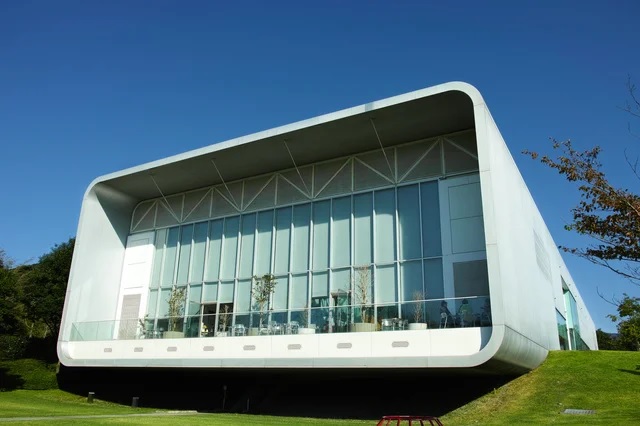
Though it also has indoor exhibition spaces, the real draw of this museum is its expansive 20-hectare (49.4-acre) area, which allows for all sorts of large-scale avantgarde sculpture displays.
鹿児島の霧島アートの森にて。
— 心の中の植物園 宮 (@fureai_miya) May 12, 2019
水の豊かな森にはタブノキやモミの巨木が悠々と生きていて、点在するアートを守っているようでした。
入館料大人310円て安過ぎる。1000円位払わせて欲しい。 pic.twitter.com/2XaikEBd7u
Being located in the highlands near Mt. Kirishima also provides some beautiful views of the surrounding scenery, and with admission being just 320 yen (US$2.60) it seems pretty easy for guests to get far more than their money’s worth out of a visit.
2. Little World (Inuyama, Aichi)
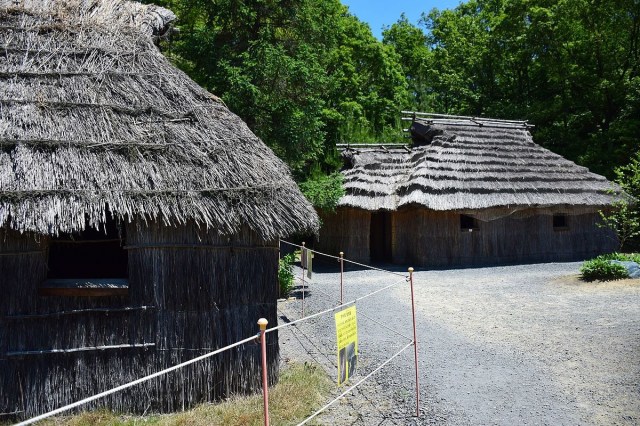
The full name of this place is The Little World Museum of Man, with its focus being a celebration of the world’s cultures through architecture, clothing, and food. Visitors even get a “passport” that they can stamp at each zone.

In addition to structures representing cultures from Europe, Africa, and elsewhere in Asia, there are also reconstructions of traditional Hokkaido Ainu and Okinawan homes, as pictured above.
1. Gasshozukuri Minkaen (Shirakawa, Gifu Prefecture)
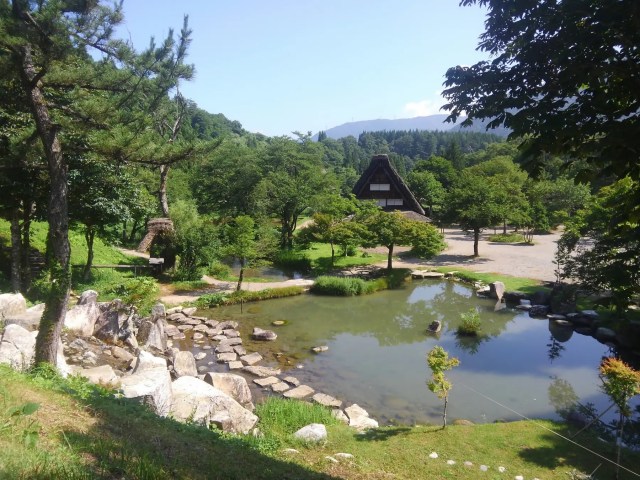
A longtime favorite, this cluster of preserved farmhouses tops Seikatsu Guide’s ranking. Gassho translates to “hands pressed together,” a reference to the steeply slanted thatched roofs these traditional homes were designed with in order to keep snow from piling up on them during the winter and collapsing the structure.
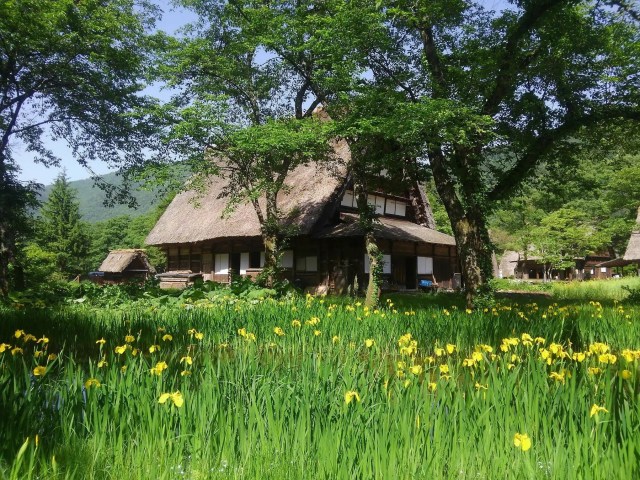
That unique design also means that the houses have massive attics, which visitors to the Gasshozukuri Minkaen can see in the buildings that allow them inside and up above the ground floor.
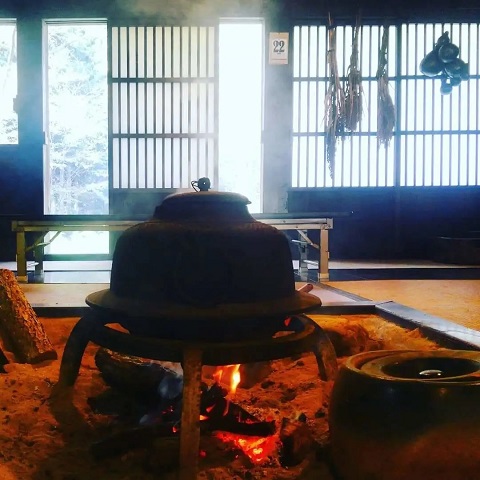
Gasshozukuri Minkaen makes for a beautiful visit in any season, not just the winter months the houses were designed to withstand. Oh, and if you’re worried about the possibility of a fire starting on those thatched roofs, put your mind at ease, because there’s a very clever sprinkler system hiding on the grounds.
Source: PR Times
Top image: PR Times
Insert images: PR Times, Wikipedia/Bariston (1, 2)
● Want to hear about SoraNews24’s latest articles as soon as they’re published? Follow us on Facebook and Twitter!

No hay comentarios:
Publicar un comentario